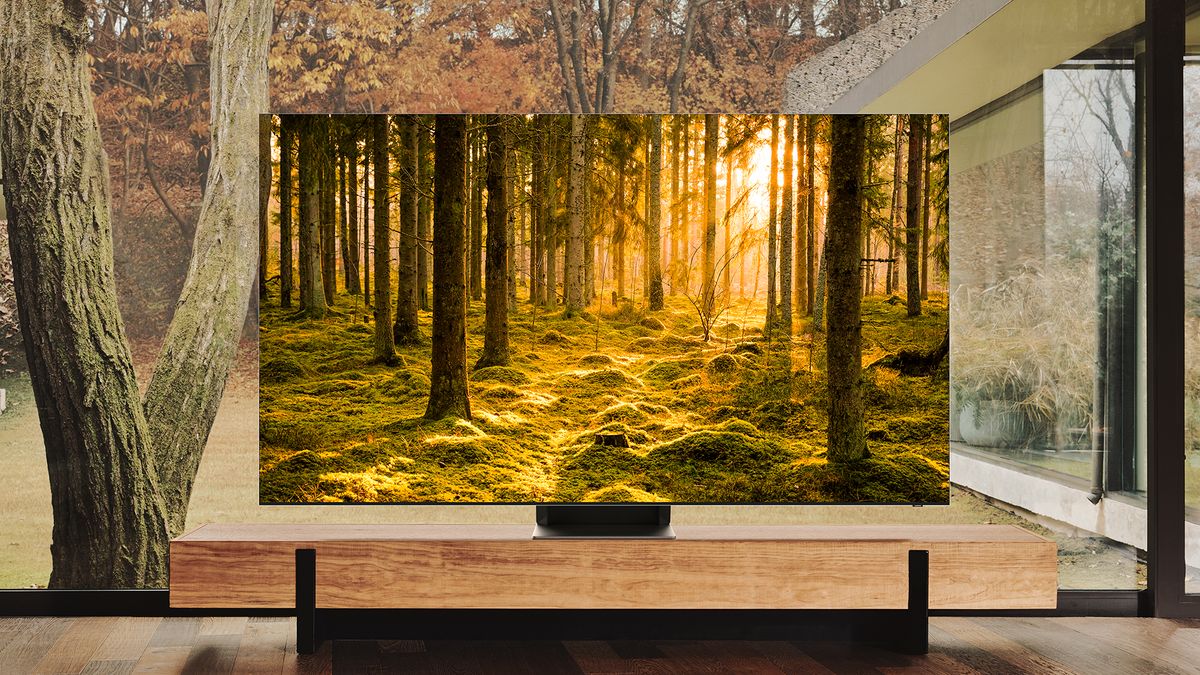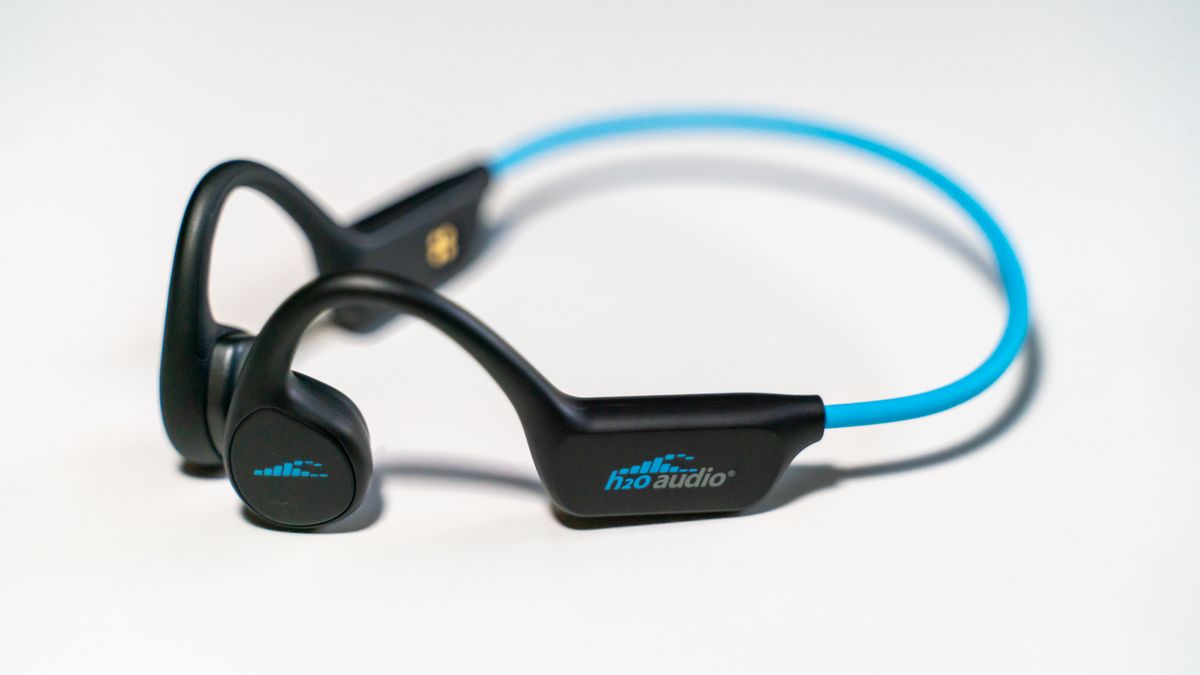AV Electronics: Exploring the Controversial Rise and Fall of 8K TVs
In the ever-changing landscape of AV electronics, many promising technologies have come and gone, failing to capture the attention of the discerning consumer base. For every success story like HD or 4K TVs, there are flops like Betamax or 3D TV. Now, it seems that 8K resolution is the latest technology teetering on the edge of oblivion.
When 8K was introduced in 2013, it appeared to be a safe bet. The success of HD and 4K had proven that more pixels meant better picture quality, making the idea of 8K an easy sell. However, a decade later, sales of even the best 8K TVs have not met expectations. In fact, they are decreasing year after year.
Despite the apparent lack of consumer interest in 8K TVs, we had the opportunity to review Samsung’s flagship 8K TV for 2023, the Samsung QN900C. We found it to be an outstanding performer, which led us to question whether the lack of consumer love for 8K is justified.
On one side of the argument are four main reasons why buying an 8K TV may not be worth it. Firstly, there is a scarcity of native 8K content available. Despite promises of an abundance of 8K TV shows and movies, the reality is that there is very little content out there. This lack of content severely impacts the value of 8K screens.
Secondly, 8K TVs remain expensive. With only a few brands like Samsung, Sony, and LG offering consistent global 8K support, the production of 8K panels has not reached levels where pricing becomes more affordable.
To illustrate the price problem, the Samsung 75QN900C we reviewed costs $5,999/£5,999/AU$8,499, while the 75-inch version of Samsung’s flagship 4K alternative, the Samsung QN95C, costs just $4,199/£4,999. Other brands like Sony and LG present similar pricing discrepancies.
The third argument against 8K is that it does not deliver a significant enough improvement in picture quality to justify the expense. Some argue that there is no noticeable difference between 4K and 8K resolution, especially from regular viewing distances.
Finally, there are concerns about the power consumption of 8K TVs. The EU’s new TV power consumption regulations have posed challenges for 8K TVs, leading to lower brightness settings and potential impact on electricity bills.
However, the case for buying an 8K TV still holds some merit. Our experience with this year’s QN900C and last year’s QN900B from Samsung showed that 8K resolution does make a difference in picture quality. The extra pixels result in sharper, more detailed, and more immersive visuals, even from regular viewing distances.
In addition, the AI-powered picture processing in premium 8K models allows for improved upscaling of 4K content. This means that even upscaled 4K pictures can look better on 8K screens than on high-end 4K TVs. The latest upscaling engines can distinguish between real picture information and noise, enhancing the viewing experience.
Furthermore, some 8K TVs offer additional picture quality benefits beyond resolution. Samsung, for example, reserves its highest level of screen specifications for its 8K TVs, including more brightness, better local dimming, and a wider color palette. These factors help justify the higher price of 8K TVs.
While 8K TVs face challenges with power consumption regulations, the issue may lie more with regulators not fully understanding TV technology. The impact of 8K power consumption on electricity bills is not significant.
In conclusion, the debate over whether to invest in an 8K TV continues. While there are valid arguments against buying one, such as the lack of content and high prices, the improved picture quality, advancements in upscaling technology, and additional benefits make 8K TVs worth considering for those seeking the best viewing experience.




